When Alex Edler left the Vancouver Canucks and signed a one-year deal with the Los Angeles Kings, he took his 180 shot blocks and league-leading 180:12 of shorthanded ice time with him. In the last two offseasons, they have lost two of their best penalty-killing defencemen in Edler and Chris Tanev and one of their best centermen in Jay Beagle. Nate Schmidt, who accounted for 94:09 of shorthanded ice time last season, was also traded away.
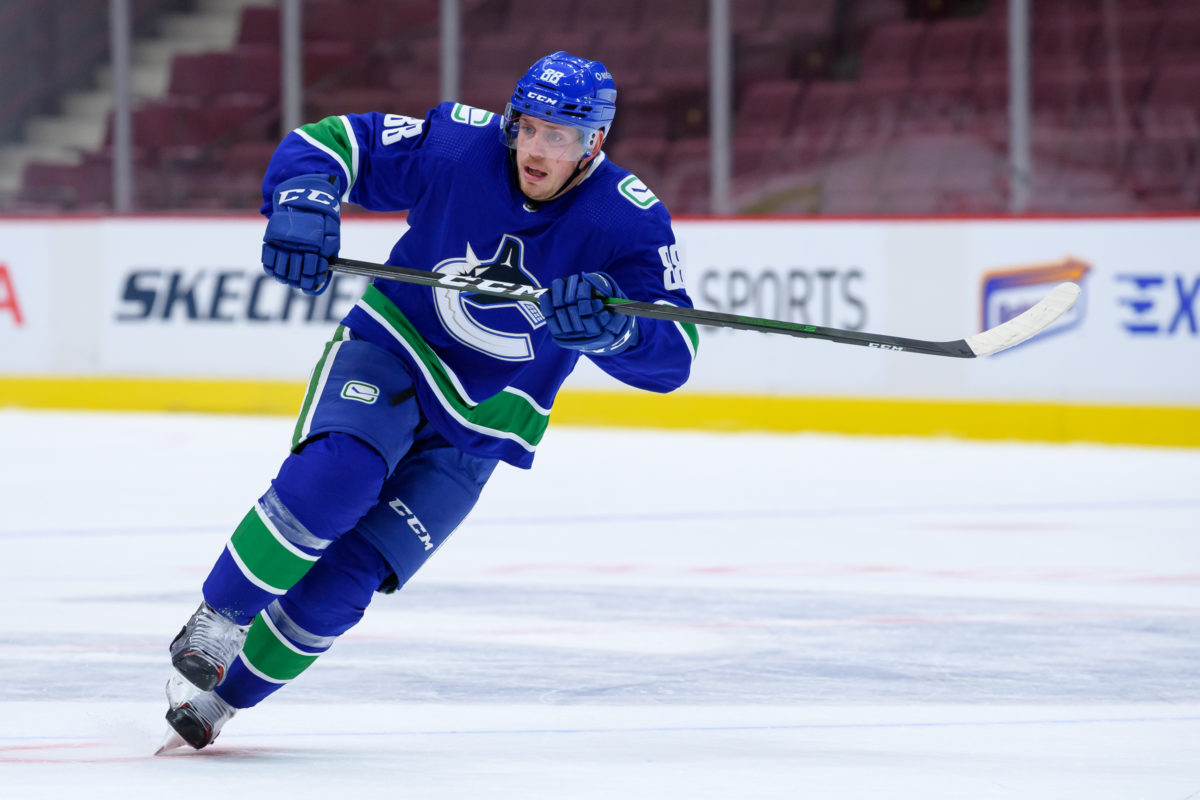
Nate Schmidt, Vancouver Canucks (Photo by Derek Cain/Icon Sportswire via Getty Images) 
Jay Beagle, Vancouver Canucks (Jess Starr/The Hockey Writers)
Suffice it to say, the Canucks will be looking for new talent on the penalty kill, and tryouts begin in less than a month. With a new assistant coach in Brad Shaw helping to run it, the usual suspects might not be the only ones auditioning for the job. Could we see Elias Pettersson, Nils Hoglander, or Vasily Podkolzin as part of the rotation? Diving into the mind of Shaw through his history with the Columbus Blue Jackets and St. Louis Blues might give us an answer to that question.
Shaw’s History of Player Deployment on the Penalty Kill
St. Louis Blues (2006-2016)
| Player | SH TOI | SH TOI/GP |
|---|---|---|
| Jay Bouwmeester (D) | 731:11 | 3:03 |
| Kevin Shattenkirk (D) | 550:28 | 1:31 |
| Vladimir Sobotka (C) | 482:28 | 1:57 |
| Jaden Schwartz (C) | 243:54 | 1:01 |
| Carl Gunnarsson (D) | 222:07 | 1:40 |
| Scott Nichol (C) | 189:13 | 1:43 |
| Maxim Lapierre (C) | 185:05 | 1:36 |
| Steve Ott (C) | 184:31 | 1:31 |
| Paul Stastny (C) | 157:09 | 1:08 |
| Kyle Brodziak (C) | 133:50 | 1:46 |
Columbus Blue Jackets (2016-2021)
| Player | SH TOI | SH TOI/GP |
|---|---|---|
| Seth Jones (D) | 717:35 | 2:07 |
| David Savard (D) | 697:31 | 2:01 |
| Cam Atkinson (RW) | 495:05 | 1:31 |
| Boone Jenner (C) | 456:37 | 1:19 |
| Zach Werenski (D) | 413:29 | 1:14 |
| Ryan Murray (D) | 398:05 | 2:08 |
| Nick Foligno (LW) | 365:11 | 1:06 |
| Jack Johnson (D) | 359:29 | 2:16 |
| Brandon Dubinsky (C) | 315:55 | 1:33 |
| Alex Wennberg (C) | 298:49 | 1:04 |
As you can see from the above data, Shaw isn’t afraid to deploy his stars while shorthanded. With the Blues he was more conservative, using mostly checkers except for Jaden Schwartz and Paul Stastny, who were normally amongst the top scorers every season. Though when he joined the Blue Jackets, his strategy seemed to change as he started to use more of his offensive weapons.
Leading all forwards in ice time was 40-goal scorer, Cam Atkinson, basically the Canucks’ equivalent of Brock Boeser. He also used 30-goal men Nick Foligno and Boone Jenner regularly too. The only so-called “checker” he deployed was Brandon Dubinsky, and he was a 20-goal scorer at one point with the New York Rangers.
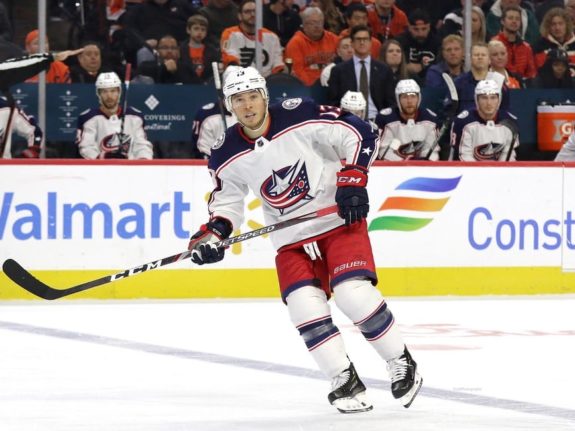
Shaw’s chosen defencemen were often his top two-way threats in Jay Bouwmeester, Kevin Shattenkirk, Seth Jones, and David Savard. No pure defensive defencemen were found in any of the top ten leaders in shorthanded ice time.
So with all that out of the way, let’s take a look at what the penalty killing units could look like when the Canucks drop the puck against the Edmonton Oilers on Oct. 13.
Canucks Forward Penalty Killing Units
Bo Horvat – Tyler Motte
Shaw will most likely have this duo as his top penalty killing tandem. Ever since his rookie season in the NHL, Bo Horvat has never finished a campaign with a faceoff percentage (FO%) under 50 percent. His career-best came only a season ago when he posted an impressive 57.3 percent success rate. He has also taken the fifth-most faceoffs in the entire NHL since he came into the league during the 2014-15 season. Only Ryan O’Reilly, Sidney Crosby, Anze Kopitar, and Patrice Bergeron have taken more. So, it should be a no-brainer for Shaw to use him as his number-one penalty killer. I have no doubt that he will become his Vladimir Sobotka or Boone Jenner.
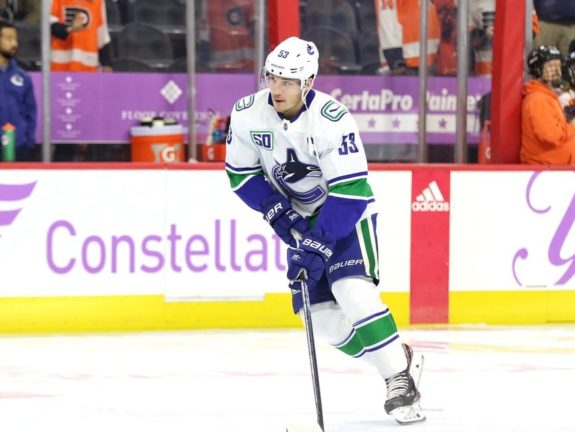
Joining him will be none other than Tyler Motte. Since the 2018-19 season, he has been one of the Canucks’ most utilized penalty killers and probably the most effective one as well. His smarts, tenacity, and overall physical game have allowed him to force turnovers and be in a good position to intercept pucks and clear the zone. His speed has also led to shorthanded chances and the odd goal too.
Brandon Sutter – Elias Pettersson
Under Nolan Baumgartner, Brandon Sutter was used a lot more on the penalty kill than Horvat. That will most likely change with Shaw’s arrival behind the bench. Given his recent propensity to use his best two-way center as his primary shorthanded pivot, I see Horvat logging a lot of time shorthanded this season.
Sutter will definitely see time on the PK, but just not on the first unit. Like Horvat, he’s a great faceoff man, but he’s struggled the past few seasons. He had his best season as a Canuck in 2020-21 when he posted a 55.5 FO%, so maybe he’s turning things around. If he can get back to that average this season, the Canucks will have two amazing options to throw out there to win puck possession.
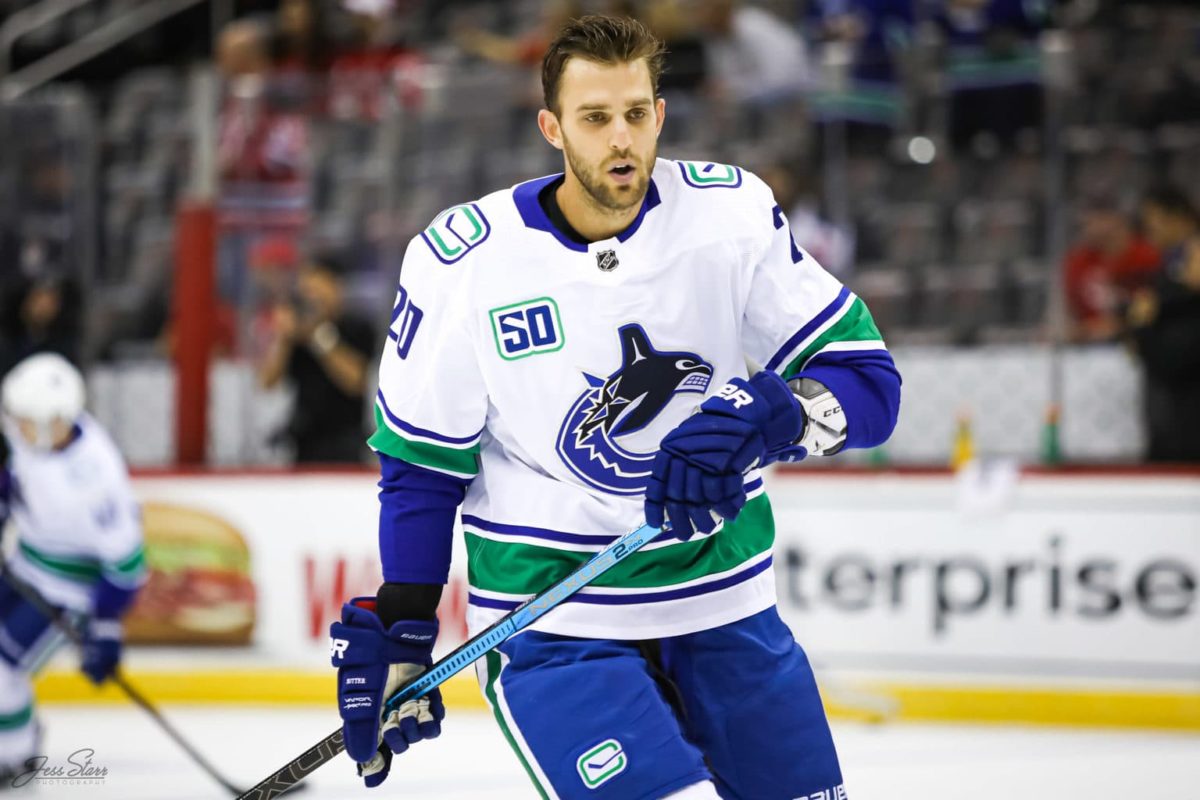
With Beagle, Antoine Roussel, and Loui Eriksson departing to the desert, the Canucks will have to find new forwards to join the penalty kill. Enter Elias Pettersson. Now I know what people are going to say, you don’t want your superstars killing penalties and risking serious injury. But Pettersson, like Pavel Datsyuk, has the hockey IQ and quick stick to potentially succeed in the role. Not to mention his defensive game rivals some of the best on the team.
It would also keep Pettersson on the ice, rather than stapled to the bench when the team gets into penalty trouble. Given Shaw’s willingness to use stars like Atkinson and Jenner on the penalty kill, it’s not really out of the question. Leon Draisaitl and Mitch Marner kill penalties, why not Pettersson?
Jason Dickinson – Vasily Podkolzin
Now we get to the third-string PK unit with new third-line center Jason Dickinson. Why do I have him as part of the extra unit, you ask? Lack of faceoff ability, that’s why. He may be a shutdown defensive forward, but his faceoff percentage leaves a lot to be desired. Over parts of six seasons in the NHL he has taken 1,374 faceoffs and won only 44.3 percent of them. He has never finished a campaign with a FO% of over 48.6 and he has not been relied upon to take them either.
Related: Canucks Find Their Third Line Center in Jason Dickinson
When you compare Dickinson’s numbers to Horvat’s, it’s like night and day. In roughly the same amount of time, Horvat has taken an eye-popping 9,886 faceoffs and has turned into the Canucks’ most trusted pivot in the faceoff circle. Dickinson, on the other hand, is still a massive work in progress.
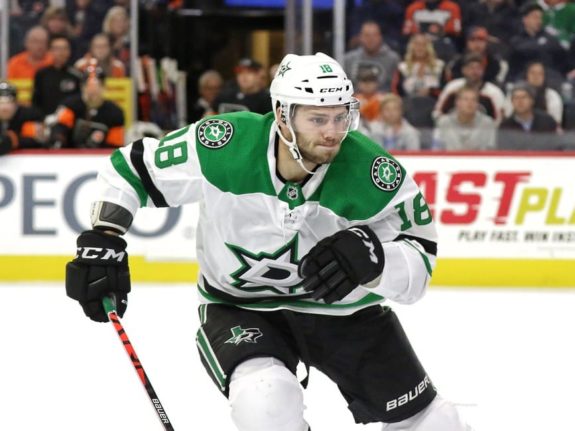
Dickinson has been a regular penalty killer in the past with the Dallas Stars, but he was likely not the centerman taking the faceoffs. Since coming into the league in 2015, he’s logged the fifth-most minutes shorthanded, so clearly, the coaching staff has liked him in that role. If he ends up being elevated into the top-two, he will take the spot of Pettersson and line up alongside Sutter.
This may not happen right away, but I really see rookie Vasily Podkolzin getting a chance on the penalty kill at some point. He’s killed them with Team Russia and SKA St. Petersburg in the past and he has the style of game to be successful at it. His motor is usually off the charts, and his size and effectiveness on the boards should allow the Canucks to gain back possession of the puck if they lose the initial faceoff.
Other Possibilities: Tanner Pearson, Nils Hoglander, J.T. Miller
Canucks Defence Pairings on the Penalty Kill
Olli Juolevi – Travis Hamonic
Unfortunately, the Canucks do not have defencemen like Jones, Bouwmeester, Shattenkirk, or Savard on their roster. However, they do have a burgeoning penalty-killing star in Olli Juolevi. Under the guidance of Shaw, this duo could become not only a lockdown pairing shorthanded but at even strength as well. Travis Hamonic already has a long and successful history in this role with the Calgary Flames and New York Islanders, so he should be the perfect complement to the young Finn.
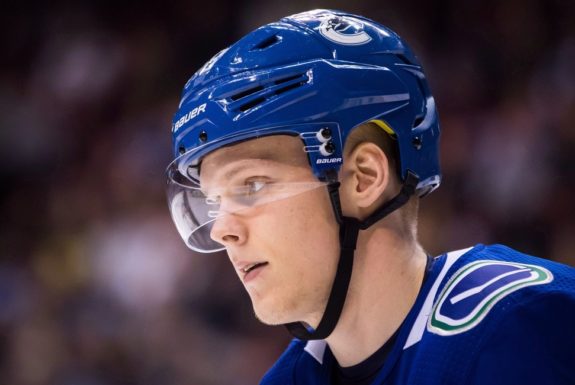
Juolevi was effective on the PK with the Utica Comets and in the very small sample size of 19:11, the Canucks as well. Chris Faber of Canucks Army said it best in his article on the positives of his game.
He is excellent at shutting down options for the opposing puck possessor…The high hockey IQ that was stamped from scouts hails from his structured defending. He understands passing lanes and is able to block them with quick lateral movements, it almost seems that he is able to anticipate the next pass as well. Similar to how we see Elias Pettersson do on the offensive side of things.
Related: Canucks Need Olli Juolevi To Hit His Potential in 2021-22
Basically, his anticipation and overall defensive hockey IQ are why he will be a great penalty killer in the NHL. If given more of an opportunity, I really think he could be the next Tanev and become the Canucks’ top penalty-killing defenceman.
Oliver Ekman-Larsson – Tucker Poolman
Two new recruits will make up the Canucks’ second defence pairing on the penalty kill. Oliver Ekman-Larsson may not be the first man you think of when it comes to that role, but he has surprisingly been one of the first choices for all his head coaches in Arizona. Since his rookie season in 2010-11, he has logged the most shorthanded ice time of any defenceman in the organization. With a whopping 1381:42 minutes, he is also in the top-50 of all NHL blueliners since that season.
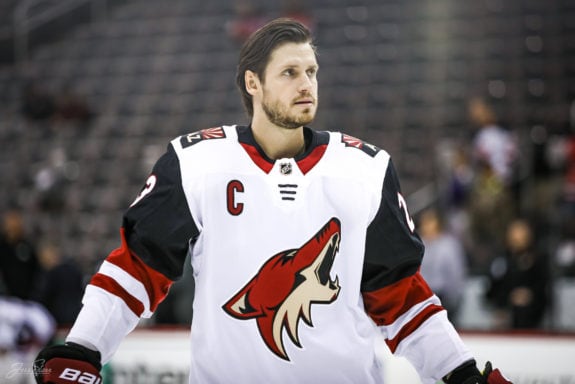
Unfortunately, that doesn’t necessarily mean he’s a great penalty killer. Since 2010-11, the Coyotes have had the 27th ranked penalty kill, so we will just have to wait and see if it was the coaching or personnel that contributed to that mediocre result. Ekman-Larsson has proven to be an excellent two-way defenceman over the years, so he definitely falls into the category of defencemen Shaw likes to deploy in these situations. So I wouldn’t be surprised to see him log a lot of time there this season.
Tucker Poolman on the other hand, is rather green when it comes to penalty killing, at least in the NHL anyway. Last season he only logged 51:31 and is under 200 minutes for his career. He has the size, physicality, and shot-blocking mentality of a good penalty killer, so I’m sure Shaw will give him ample opportunity alongside his projected 5-on-5 defence partner.
Other Options: Tyler Myers, Luke Schenn
Canucks Penalty Kill Will Suffer Without Edler
While the Canucks power play will be much improved in skill and depth, the penalty kill might be a different story. Now without both of their stalwart defencemen in Tanev and Edler, who logged significant time shorthanded, a new hero will have to emerge from the shadows. Ekman-Larsson could be that man, but he’s not nearly the shot-blocker both Tanev and Edler were.
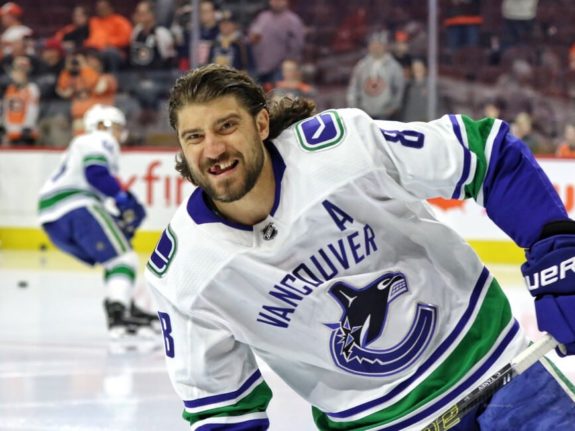
Chris Tanev, Vancouver Canucks (Amy Irvin / The Hockey Writers) 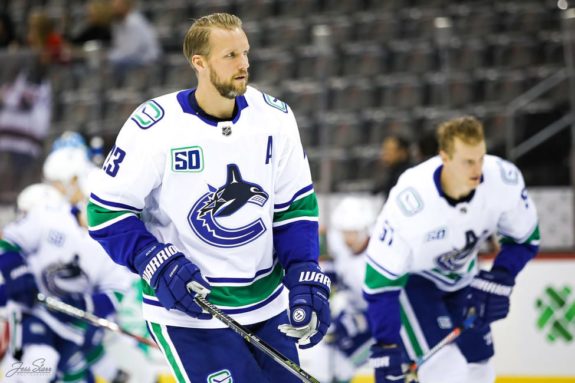
Alexander Edler, Vancouver Canucks (Jess Starr/The Hockey Writers)
Juolevi should eventually turn into that hero, but he likely won’t transform overnight. Poolman falls into a similar boat. The only proven defenceman who will see regular time is Hamonic, but he’s only one man. Basically what I am saying is, prepare for some growing pains and a lot of power play goals against in the early going.
It should be interesting to see how Shaw changes the Canucks’ system moving forward. Will it be conservative or aggressive? Judging by the teams he’s coached in the past, I am betting on the latter. Hopefully, they won’t be allowing as many shot attempts because they do not have the shot-blockers they had in the past. If their system remains the same, Thatcher Demko will have to be their best penalty killer each and every night, and that is never a recipe for success.
All stats were taken from NHL.com and Hockey Reference
